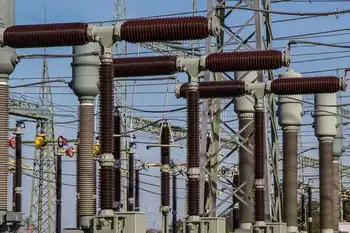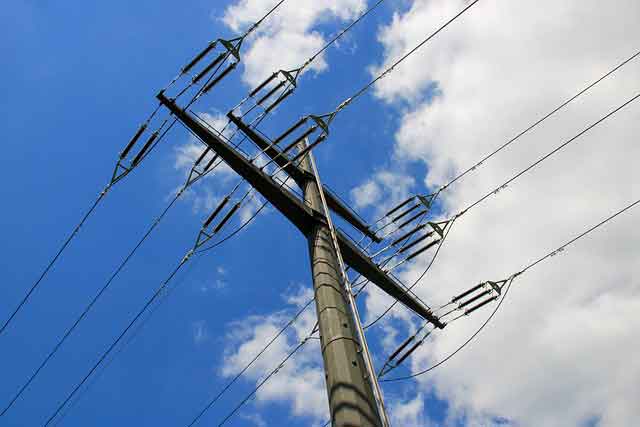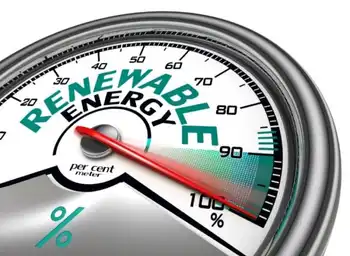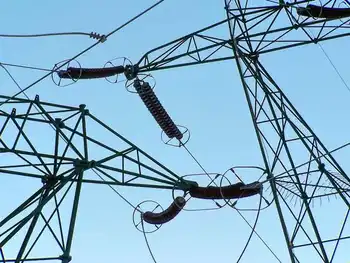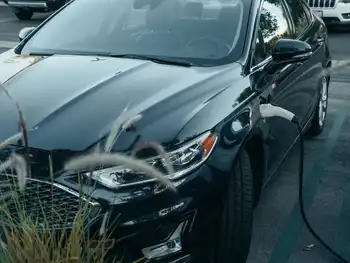Europeans could save planet for $3 a day: study
By Reuters
Substation Relay Protection Training
Our customized live online or in‑person group training can be delivered to your staff at your location.

- Live Online
- 12 hours Instructor-led
- Group Training Available
Other long-term changes would include using the train instead of flying for journeys of under 1,000 km, said the report by the Stockholm Environment Institute, commissioned by Friends of the Earth Europe (FOEE).
The study targets a European cut in climate-warming emissions such as carbon dioxide to 40 percent below 1990 levels over the next decade.
"It's not just about investment, it's also about lifestyle changes," said FOEE campaigner Sonja Meister. "This report shows one pathway that would see air travel in the EU cut by 10 percent by 2020 and travel in private cars by 4 percent."
"Travel by rail would rise by 9 percent, and meat consumption would be reduced by about 60 percent," she added.
The European Union has pledged to cut emissions of carbon dioxide, the main gas blamed for climate change, to 20 percent below 1990 levels by 2020.
It also says it will cut by nearly a third if other rich nations agree to follow suit when they meet for global climate talks in Copenhagen in December.
But many scientists say much deeper cuts are needed from rich nations to keep the climate temperature increase below 2 degrees Celsius.
Poorer countries preparing for Copenhagen say industrialized nations caused the climate problem in the first place and should cut emissions to 40 percent below 1990 levels.
That could be achieved in Europe for a cost of 2 trillion euros, or around 2 percent of cumulative gross domestic product (GDP) over the next decade, said the report.
"Put another way, this cost would be the equivalent of temporarily holding GDP constant for about one year before resuming normal growth," it added.
The cost equates to about 2 euros per European per day, but that does not take account of the positive impact of job creation and reduced spending on hydrocarbon imports.
True to FOEE's politics, the assessment excludes the use of nuclear energy or carbon capture and storage (CCS) technology that would allow European power suppliers to keep on burning coal. It also rules out most carbon offsetting.
Instead, it assumes Europeans will accept higher taxes and make major lifestyle changes — something politicians have not yet dared demand.
Such lifestyle changes could be continued to 2050, leading to a 90 percent cut in emissions, said the report.
Journeys in private cars would be cut to 43 percent of all journeys by 2050, compared to roughly 75 percent today, while people would switch from air travel to rail for 80 percent of the flights being made today of less than 1,000 km.
Wind power would be scaled up from its current 3.3 percent share of generating capacity to 22 percent in 2020 and 55 percent in 2050.





